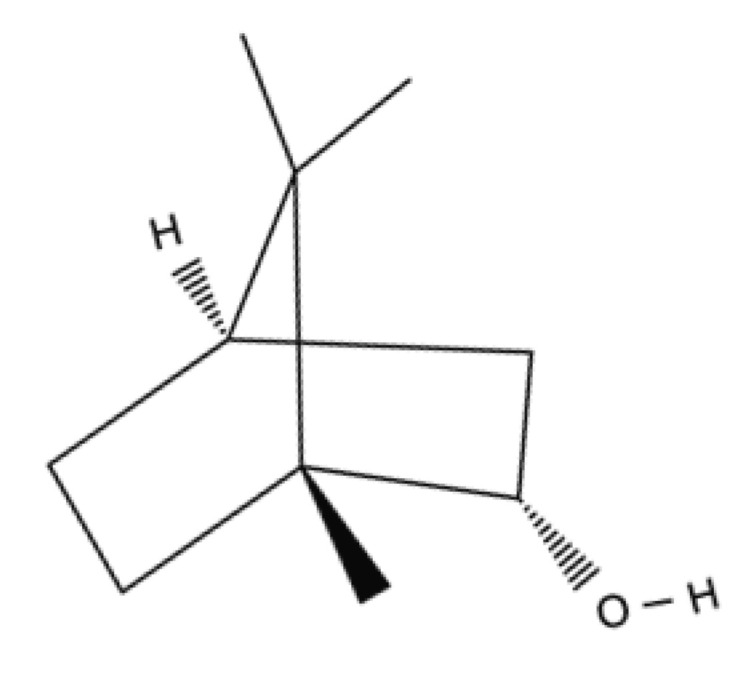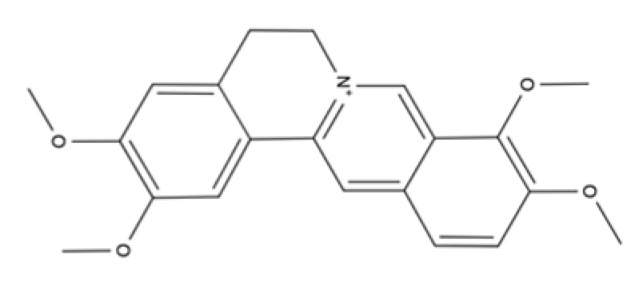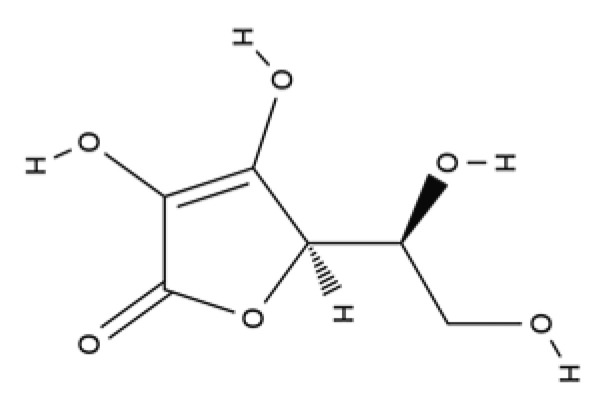Table 2.
Major classes of natural bioactive compounds, structure, main sources, and their therapeutic targets for wound-healing activity.
| Bioactive Compounds—Major Classes | Example Compounds | Structure | Main Natural Source | Wound Healing Activity | References | ||
|---|---|---|---|---|---|---|---|
| Terpenes/Terpenoids | Monoterpenes | Borneol |

|
Citrus peel oils (orange, lemon, lime), cinnamon leaf, cassia leaf, ginger, coriander seed, laurel, Ocimumbasillum, Thymus vulgaris, and Curcuma. | Anti-inflammatory, antioxidant activity with radical scavenging properties, antibiotic activity, antifungal, and wound-healing activity. | [147,148,149,150,151,152,153] | |
| Thymol |

|
Essential oils of thyme, oregano, and carum. | Anti-inflammatory effect in human neutrophils and antioxidant activity. It exhibits antimicrobial activity and wound-healing activity. | [154,155,156,157,158,159,160,161,162,163] | |||
| α-terpineol |

|
Essential oils of pine and petitgrain. | Anti-inflammatory, wound healing effect and down-regulation of pro-inflammatory cytokines, reduction of NO production, antimicrobial activity, and antifungal effects. | [164,165,166,167,168] | |||
| D-Limonele |

|
Citrus essential oils. | Antioxidant, anti-inflammatory activities and neo-vascularization induction. | [169,170,171] | |||
| Tetraterpenes (Carotenoids) | Carotenes | β-carotene |

|
Carrots, spinach, lettuce, tomatoes, sweet potatoes, broccoli, cantaloupe, winter squash, marine animals, and microalgae. | Antioxidant activity, metalloproteinases inhibition, cell proliferation, migration and angiogenesis stimulation and inflammation control. | [172,173,174] | |
| Lycopene |

|
Tomato, watermelon, red carrots, pink grapefruit, pink guava, and papaya. | Antioxidant and anti-inflammatory activity and antimicrobial efficacy | [175,176,177,178] | |||
| Xanthopylls | Astaxanthin |

|
Algae, yeast, salmon, trout, krill, shrimp, and crayfish. | Strong anti-inflammatory and antioxidant activity. It regulates collagen through inhibition of MMP-1 and production of collagen, promotes keratinocytes migration and angiogenesis and accelerates wound-healing. | [179,180,181,182,183,184] | ||
| Lutein |

|
Microalgae, spinach, broccoli, lettuce, swiss chard, kale, parsley, pistachios, green peas, egg yolks, sweet corn, and red grapes. | Anti-oxidants and anti-Inflammatories | [185,186,187,188,189,190] | |||
| Zeaxanthin |

|
||||||
| Alkaloids | Isoquinoline | Berberine |

|
Goldenseal, barberry, Oregon grape, and tree turmeric. | Accelerate wound healing and enhanced ECM synthesis and inhibit oxidative stress and apoptosis, promote cell proliferation, down-regulation of MMP-9 and up-regulation of TGF-β1 and TIMP-1. | [191,192,193,194,195,196] | |
| Palmatine |

|
Phellodendron amurense, Rhizoma coptidis/Coptis Chinensis, and Corydalis yanhusuo. | Antibacterial activity, antioxidant property, anti-inflammatory effect, accelerate wound healing and inhibit hypertrophic scar formation | [197,198,199,200,201,202] | |||
| Vitamins | Water-soluble | Ascorbic acid (Vitamin C) |

|
Blackcurrant, strawberry, lemon, orange, lime, broccoli, Brussels sprouts, cauliflower, and cabbage. | Antioxidant, contributes to neutrophils functions and towards synthesis, maturation, secretion and degradation of collagen | [203,204] | |
| Lipid-soluble | α-tocopherol (Vitamin E) |

|
Soybean, olive sunflower, and almond oils. It is also found in peanuts, asparagus, tomatoes, carrots, and some animal fats. | Major free radical scavenging antioxidant, anti-inflammatory and platelet aggregation inhibitor | [205,206,207,208,209,210,211,212,213,214,215,216,217,218] | ||
